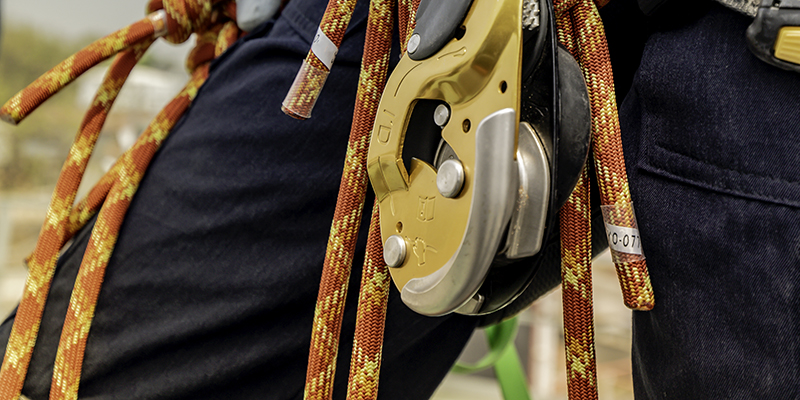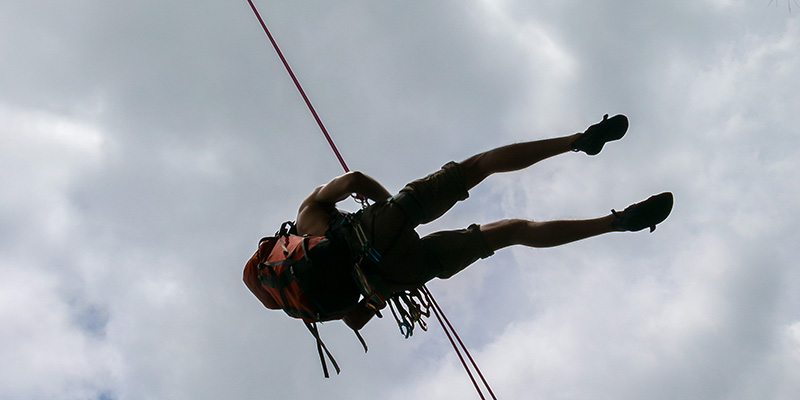
Static Climbing Rope for Rescue Operations: Ensuring Safety in Critical Situations
In critical situations where every second counts, the reliability of equipment can be a matter of life and death. This holds especially true for rescue operations, where the use of the right tools can make all the difference. Among these tools, the static climbing rope emerges as an essential component, playing a vital role in ensuring the safety and success of rescue missions.
Static climbing ropes, known for their minimal stretch and high strength, are engineered to withstand significant loads without stretching. This characteristic proves to be invaluable in rescue scenarios, where stability, control, and predictable performance are of utmost importance. When a rescue team is faced with challenges such as swift river crossings, vertical ascents, or lowering an injured person to safety, a static rope's lack of elongation minimizes risk and provides a stable platform for both rescuer and victim.
Rescue professionals rely on static ropes not only for their durability but also for their versatility. Whether it's a technical rope rescue, confined space extraction, or high-angle evacuation, the static rope's attributes make it an indispensable tool. Its low stretch ensures minimal energy loss, facilitating controlled movement and reducing the chance of pendulum swings or dangerous impacts during complex maneuvers.
The selection of the appropriate static climbing rope for rescue operations involves careful consideration. Factors such as rope diameter, tensile strength, and compatibility with rescue devices are pivotal. Rescue teams often opt for ropes that meet or exceed industry standards, ensuring reliability even in the most challenging situations. Additionally, static ropes are engineered to resist abrasion, providing further assurance that they can withstand the rigors of rescue operations in various environments.
A critical aspect of using static ropes in rescue operations is proper training. Rescue professionals undergo specialized training to master the techniques of rope systems, anchor placements, and knots. This proficiency ensures that ropes are employed efficiently and effectively, reducing the risk of accidents and errors during rescue missions.

In conclusion, the use of static climbing ropes in rescue operations underscores their role as dependable lifelines in critical situations. Their strength, stability, and minimal stretch make them an ideal choice for rescue professionals who need reliable equipment to ensure the safety of both rescuers and victims. With rigorous training and the right equipment, these dedicated individuals are equipped to navigate the challenges of rescue scenarios with confidence and precision. As technology advances and techniques evolve, one thing remains constant: the static climbing rope's unwavering commitment to enhancing safety and effectiveness in life-saving efforts.

